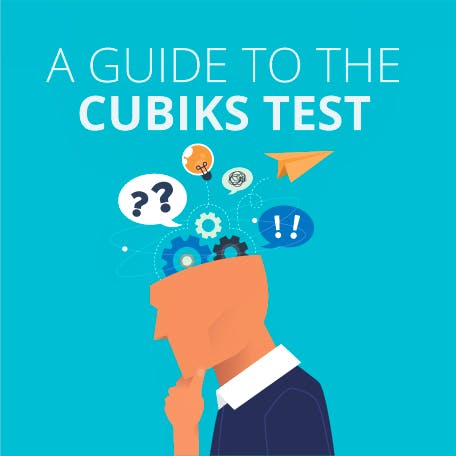Ace Your Deductive Reasoning Test with Example Questions
Updated November 18, 2023
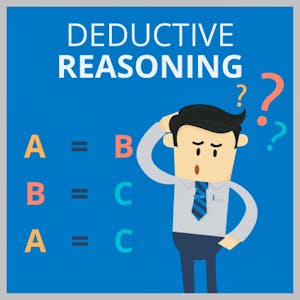
- What Is A Deductive Reasoning Test?
- Deductive Reasoning Questions
- Example of Deductive Reasoning Question 1 – Syllogisms
- Deductive Reasoning Example Question 2 – Working with Numbers & Tables
- Deductive Reasoning Example Question 3 – Deductions & Conclusions
- Preparing for Your Deductive Reasoning Test
- Why Employers Use Deductive Reasoning Tests?
- How You Can Improve Your Performance at Deductive Tests?
- What Types of Questions You Will Be Asked During the Test?
- Frequently Asked Questions

Have you been asked to take a Deductive Reasoning test as part of an upcoming interview process?
Continue reading to find out more about this type of test, including:
- Why employers use Deductive Reasoning Tests.
- How you can improve your performance at Deductive Tests.
- What types of questions you will be asked during the Test.
What Is A Deductive Reasoning Test?
Logical thinking or deductive reasoning tests are used by employers to measure an applicant’s ability to make logical arguments and form sound conclusions.
During this type of test, you will be presented with a variety of scenarios, statements and arguments for which you will need to apply a given set of rules to determine the validity of the corresponding conclusion.
PRO TIP:
Visit JobTestPrep for the best online Deductive Reasoning test practice. Test packs start from £39 with a money back guarantee.
Deductive Reasoning Questions
During your deductive reasoning test, you may be asked to reach conclusions based on different scenarios or identify both the strengths and weaknesses of an argument.
You will either receive questions in the form of syllogisms or in a story format.
The questions you are likely to encounter during a deductive reasoning test include:
- Syllogisms
- Seating Arrangements
- Assumptions
- Conclusions
- Work involving numbers and tables
Some examples of deductive reasoning questions you are bound to come across during your deductive assessment can be found below.
Example of Deductive Reasoning Question 1 – Syllogisms
Questions involving syllogisms will include a major premise, minor premise and a logical conclusion:

The italicised text gives you the information that you need in order to confirm whether the statement underneath is valid.
With regard to the text above, which of the following answers are correct:
- Conclusion Follows
- Conclusion Does Not Follow
Review the information in the table to answer the associated question:

Which of the following are the correct codes for a Platinum Member customer?
a) A360, 5-10, G, 15
b) A360, 5-80, P, 20
c) A450, G-50, G, 15
d) 10, S, 5-80
e) A200

Which of the following answers is correct?
a) Yes
b) No
c) Uncertain
Preparing for Your Deductive Reasoning Test
The best way to prepare for your deductive reasoning assessment will be to practise beforehand.
This will expose you to the different types of questions you are likely to encounter during your deductive reasoning test.
We recommend using JobTestPrep’s practice tests and study guides in your preparation.
You can find out more about these Deductive Reasoning practice test packs here.
Why Employers Use Deductive Reasoning Tests?
Employers use deductive reasoning tests as part of their selection process for several reasons:
Assessment of Critical Thinking: Deductive reasoning tests assess a candidate's ability to think critically and logically, which is a valuable skill in many professions. Problem-Solving Skills: These tests evaluate an individual's problem-solving abilities, including the capacity to draw valid conclusions from given information. Job Relevance: In some roles, deductive reasoning is a crucial skill. For example, in fields like law, finance, and data analysis, employees must make decisions based on logical deductions. Fair Evaluation: Deductive reasoning tests provide a standardized way to evaluate candidates, helping employers make fair and objective hiring decisions.
How You Can Improve Your Performance at Deductive Tests?
To improve your performance on deductive reasoning tests, consider the following strategies:
Practice: Familiarize yourself with deductive reasoning questions and sample tests. Practice regularly to develop your skills. Understand the Rules: Learn the basic rules of deductive reasoning, such as modus ponens, modus tollens and syllogisms. Read Carefully: Pay close attention to the information provided in each question. Understanding the premises is crucial. Eliminate Wrong Answers: In multiple-choice deductive tests, eliminate answer choices that do not logically follow from the premises. Manage Time: Deductive reasoning tests are often timed. Practice answering questions efficiently to manage your time effectively. Take Notes: If allowed, jot down key information or diagrams to help visualize relationships. Review Your Work: If time permits, review your answers for accuracy.
What Types of Questions You Will Be Asked During the Test?
Deductive reasoning tests typically include questions that require you to draw conclusions based on given premises. Common question types may include:
Syllogisms: These questions present two or more premises and ask whether a given conclusion logically follows. Conditional Statements: You may be asked to evaluate conditional statements (if-then statements) and determine the validity of related conclusions. Inferences: Some questions require you to make inferences based on the provided information. Pattern Recognition: In deductive pattern recognition questions, you might need to identify logical patterns or relationships in a series of elements. Analogies: Analogical reasoning questions involve recognizing relationships between pairs of items and applying those relationships to new pairs. Logical Puzzles: Deductive puzzles, such as grid puzzles or logic games, may be included.
Frequently Asked Questions
Inductive reasoning involves making generalizations or drawing conclusions based on specific observations or evidence. It starts with specific observations and uses them to derive a broader or more general principle.
Deductive reasoning, on the other hand, involves drawing specific conclusions from a set of premises or established principles. It starts with a general statement or premise and uses it to derive specific conclusions.
Deductive reasoning tests assess an individual's ability to apply deductive reasoning principles to a set of premises or statements. These tests typically present a series of logical arguments, syllogisms, or scenarios. Test-takers are required to evaluate whether a given conclusion logically follows from the provided premises. Deductive reasoning tests are often presented in a multiple-choice format, where you select the conclusion that is logically valid based on the premises.
In a deductive reasoning test, several cognitive skills are measured:
Logical Deduction: The ability to draw valid conclusions from given premises. Critical Thinking: Evaluating the validity and soundness of logical arguments. Problem-Solving: Applying deductive reasoning to solve problems and make decisions based on logical principles. Analytical Skills: Assessing and analyzing information systematically. Pattern Recognition: Identifying logical patterns, relationships and rules within the premises. Inference Skills: Making inferences based on the information presented.



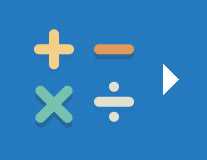

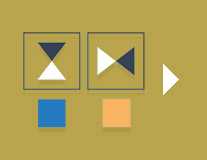



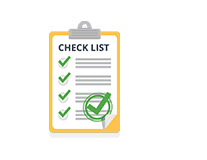

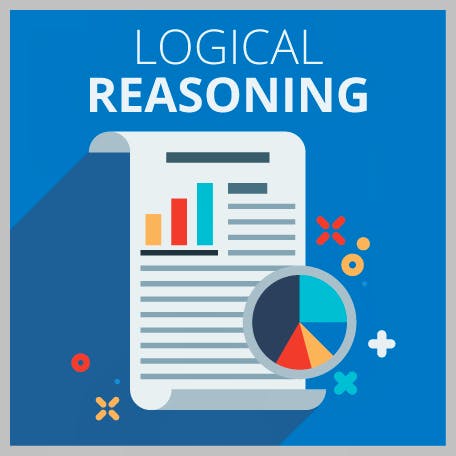
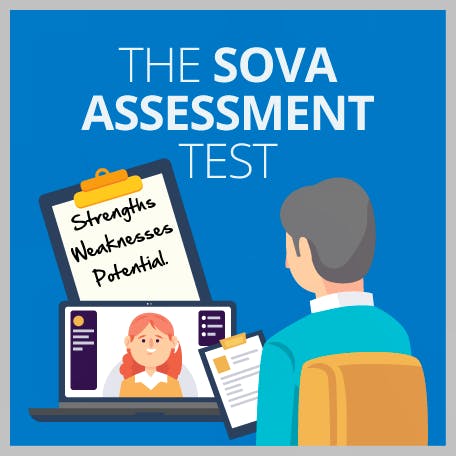
![Predictive Index Tests Fully Explained [With Example Questions + Answers]](https://www.datocms-assets.com/7756/1671731172-predictive-index-tests-none-x2.png?auto=compress%2C%20format%2C%20enhance%2Cformat&fit=crop&w=456)
